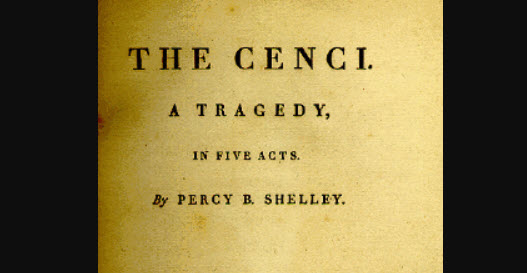A brief review of Cenci, a five-act tragedy written by Percy Bysshe Shelley. What is the subject of Cenci’s work?

Source: wikipedia.org
Cenci is a dramatic play written by Percy Bysshe Shelley in 1819. The play is based on the true story of Beatrice Cenci, a young woman in 16th century Italy who was accused of conspiring to murder her abusive father. The play explores themes of sexual assault, murder, and revenge, and raises questions about justice and the abuse of power. The play was not well received when it was first published and was considered controversial due to its depiction of incest and patricide. However, it has since gained a reputation as a classic of Romantic literature.
The Cenci, a 5-act tragedy by Percy Bysshe Shelley, composed in 1819 and published in 1820. The play, which was not performed publicly until 1922 because of censorship, is generally regarded as the best English verse tragedy of the 19th century.
The Cenci was based on a manuscript purporting to be an accurate historical account of events in Rome during the reign of Pope Clement VIII (1592-1605). It portrays Count Francesco Cenci’s sadistic torture of his family, culminating in his rape of his innocent daughter Beatrice, and the plot by Beatrice, her brother, and her stepmother to have him killed. Before resorting to murder, Beatrice and her family appeal in vain to nobles and churchmen, who temporize either out of fear or for their own advantage. But after two hired assassins kill the wicked old man, the Pope orders the conspirators to be tortured and executed as parricides. The play shows the corrup-tion of a strong, virtuous person—Beatrice—by concentric forces of an evil social order epitomized by her father and the Pope. In her final vision of evil, Beatrice imagines that God, who she had once hoped would save her, is nothing but a cosmic magnification of the evil power embodied in her dead father.
The Cenci is written in stark, simple blank verse, embellished with Shakespearean echoes. The action follows the rising and falling 5-act pattern of Elizabethan tragedy, the turning point being Beatrice’s decision to take justice into her own hands. By so doing, she falls victim to the same corrupting megalomania that affects her father—seeing herself as God’s scourge.